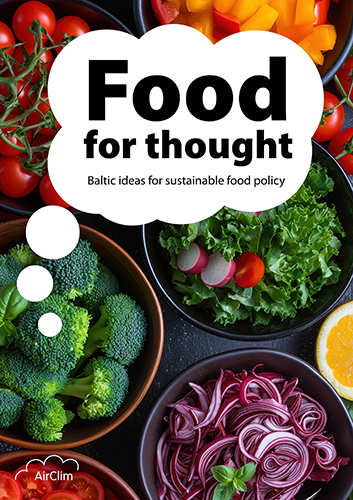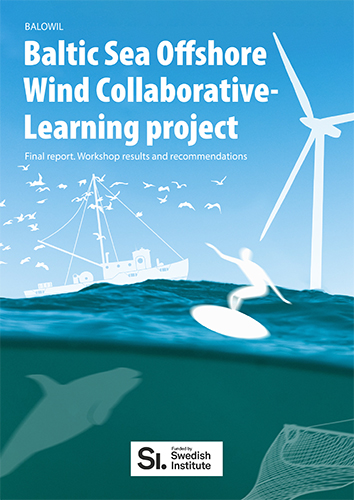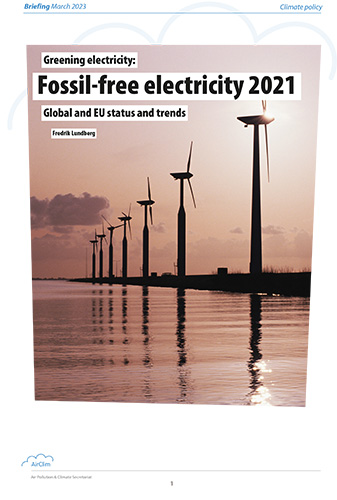
New publication on mercury
An NGO Introduction to Mercury Pollution (2010).
By Jack Weinberg. 156 pages. Published by International POPs Elimination Network (IPEN).
This new book, freely available online, deals with mercury pollution and its harm to human health and the environment. Mercury is a global pollutant. When released, it evaporates, travels on air currents, and then falls back to earth, sometimes near the original source and sometimes far away. When mercury enters the aquatic environment, microorganisms can transform it into methylmercury, a compound that is more toxic at low doses than elemental mercury.
In the environment, methylmercury becomes part of the food chain. Small aquatic organisms ingest it from their surrounding environment. They, in turn, are eaten by fish and other larger aquatic organisms. As a result, the methylmercury biomagnifies, becoming increasingly concentrated as the pollutant works its way up the food chain.
Marine mammals, birds, and other animals that consume fish can become highly polluted with methylmercury. Generally, higher concentrations are found in larger and older animals. People who regularly eat fish or fish-eating animals can also become sufficiently polluted with methylmercury that it harms their health. A mother passes on the mercury that has accumulated in her body to the developing foetus. Foetuses, as well as infants and children, are particularly susceptible to harm from mercury exposure.
Scientific knowledge about the harms to human health and the environment caused by mercury exposure has grown over the years, and many governments have already taken some steps to control - within their jurisdictions - industrial and other human activities that release mercury into the environment.
However, because mercury is a global pollutant, no national government acting alone can protect its people and its environment. Recognising this, governments agreed in 2009 to start intergovernmental treaty negotiations with the aim of preparing a global, legally binding mercury-control treaty. The objective of the negotiations is to reach agreement on final treaty text in time to adopt a global mercury treaty in 2013.
The book aims to help encourage and enable organisations of global civil society to engage in local, national, and international activities aimed at controlling mercury pollution. It identifies sources of mercury pollution and suggests what can be done to control them, including also an outline of the kinds of provisions a global mercury-control treaty must contain if it is to be successful in sufficiently minimising mercury pollution to protect human health and the environment.
Download the book: http://www.ipen.org

 Download this issue
Download this issue










